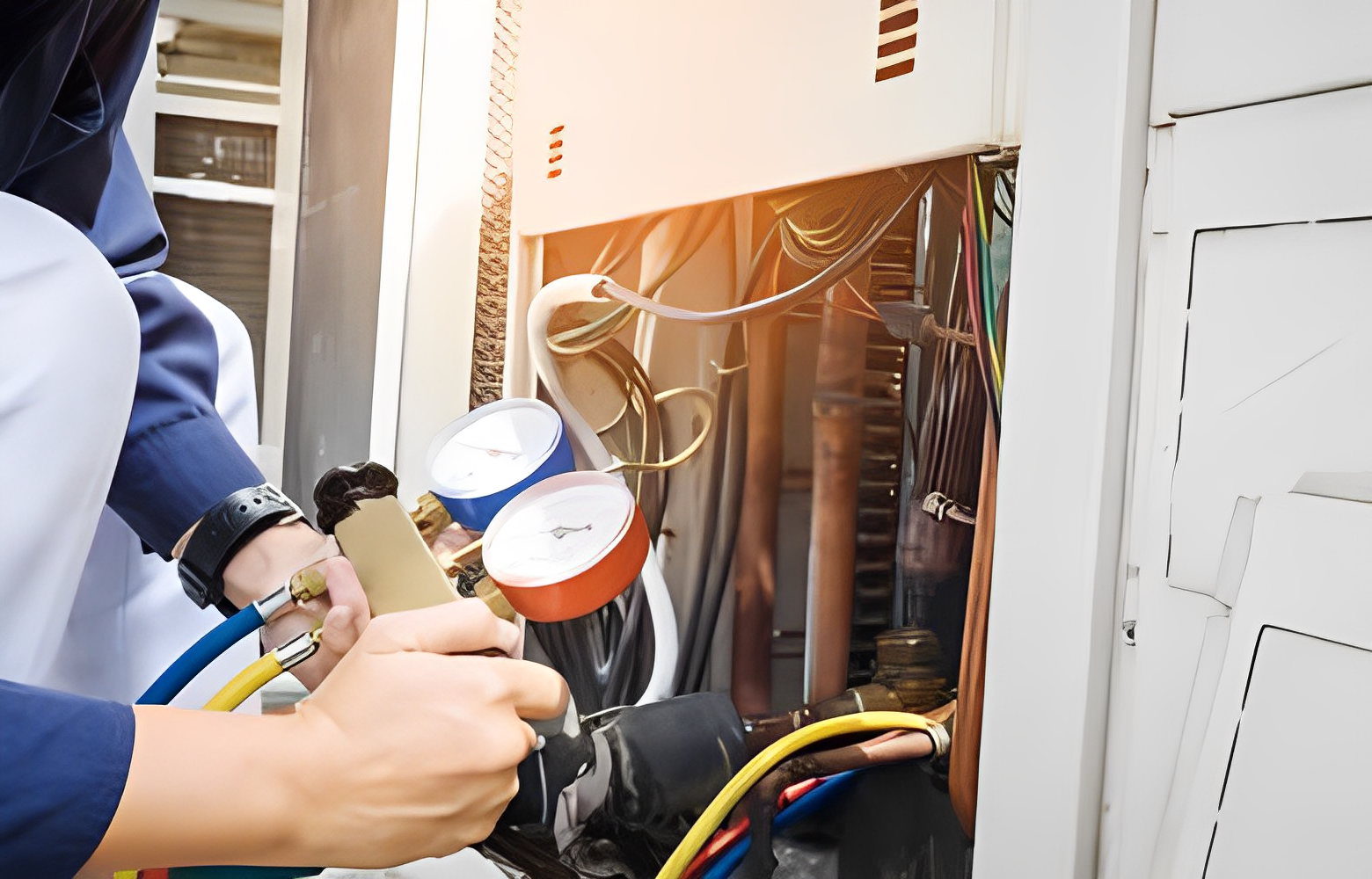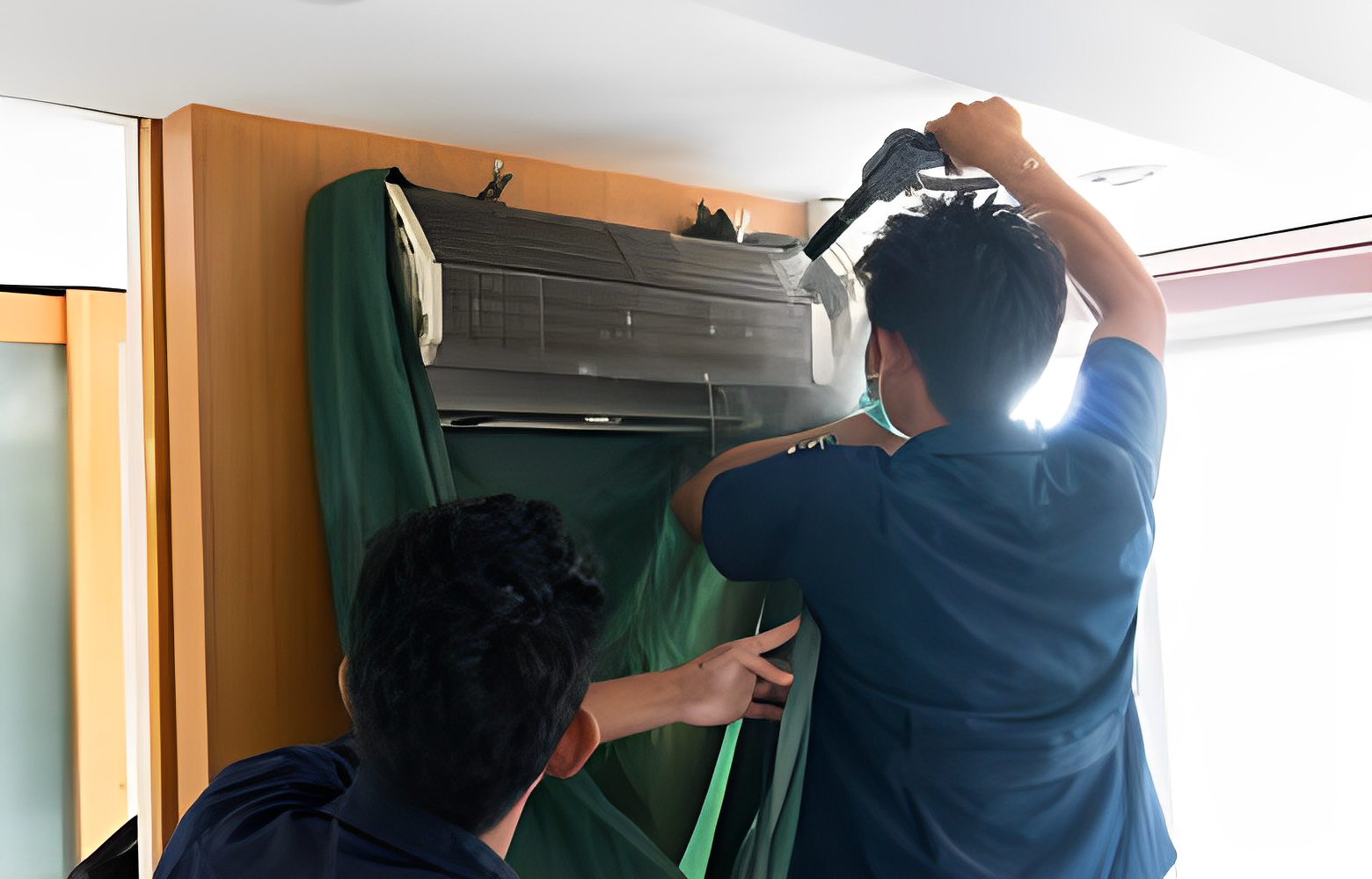Key Takeaway:
As winter descends, the quest for a cozy home intensifies. Unveil the overlooked factor in furnace purchases—coils. Does your new furnace come equipped? Explore the vital role of coils in heating systems, the types, and the repercussions of their absence in this insightful article.
Introduction:
As the colder months set in, the warmth and coziness of a furnace become indispensable for a comfortable home. When contemplating the purchase of a new furnace, one crucial factor often overlooked is the presence of coils. Home owners also worried whether a new furnace come with a coil or not? This article delves into the significance of coils in furnaces, elucidating their role in heating and cooling systems.
Understanding the Importance of Furnace Coils

Before delving into the intricacies of coils in furnaces, it’s essential to emphasize their pivotal role in HVAC (Heating, Ventilation, and Air Conditioning) systems. Coils, particularly in the context of furnaces, play a vital role in ensuring the efficient functioning of the entire heating and cooling system.
Types of Furnace Coils
In the realm of HVAC systems, there are two primary types of coils: the evaporator coil and the condenser coil.
1. Evaporator Coil
The evaporator coil is an integral component of an air conditioner, responsible for absorbing heat within the home. It is interconnected with a furnace or an air conditioner, forming a symbiotic relationship. Working in tandem with the condenser coil, the evaporator coil completes the air cooling process.
Containing refrigerant, the evaporator coil receives the compressed refrigerant from the compressor. As air circulates through the blower fan coils, the refrigerant absorbs heat from the evaporator, facilitating the cooling of the air.
2. Value of Evaporator Coils:
Maintaining the efficiency of evaporator coils is paramount for the overall functionality of an HVAC system. Inadequate maintenance can lead to increased energy consumption, frozen coils, poor heat transfer, and even compressor overheating.
3. Condenser Coil
The condenser coil serves to regulate the temperature and pressure of the refrigerant gas before it traverses the heating and cooling system.
Fate of the Condenser Coil:

During summer, the condenser coil aids in drawing in hot air, cooling it, and subsequently circulating it throughout the home. In colder temperatures, it intakes cold air, expelling heat through the ducts. The compressor converts the low-temperature refrigerant into hot air or gas, initiating a cycle that sustains the desired temperature within the home.
Furnace Heating Process: From Filtration to Distribution
Understanding how a furnace generates heat is crucial to appreciating the significance of coils in the process. The furnace’s heating mechanism involves various stages, each contributing to the efficient distribution of warm air.
1. Combustion and Filtration
Filtration: Before air and heat combine in the combustion process, outside air enters the system through a vent. Filtration is essential to remove unwanted dirt and dust, preventing them from accumulating in the furnace plenum.
2. Filtration and Absorption
Filtration and Absorption: A blower sucks in the hot air, which is then blown out through the duct. Proper maintenance of the fan is necessary for efficient furnace operation. The distribution of air ensures that the thermostat is set to the correct temperature.
3. Distribution
Distribution: Heated air is circulated throughout the home via ducts, facilitated by the HVAC system. Clean ducts are imperative to ensure unobstructed airflow. Additionally, filtered air contributes to a cleaner and purer indoor environment, eliminating odors and allergens.
4. Air Conditioning Furnace
For furnaces equipped with air conditioning capabilities, the process initiates with the evaporator coil of the air conditioner. This coil extracts heat from the air, humidifies it, and drains excess moisture. The compressor generates heat in the evaporator coil, facilitating the circulation of cold air to provide both moisture and cooling. The cold air is then routed through filters to various living areas via ducts.
The Significance of Coils: What if My Appliance Lacks a Coil?
The absence of coils, particularly the evaporator coil, within the furnace can lead to detrimental consequences. The evaporator coil is situated next to the furnace heat exchanger within the HVAC system cabinet. Warm air flows through the coils and into the air distribution ducts when the furnace is activated.
Negative Effects of Missing Coils:
1. Wear and Tear:
Insufficient airflow places an increased workload on the heating system, leading to accelerated wear and tear of furnace components.
2. Decreased Warmth:
As the system deteriorates, the temperature within the home may drop significantly. A substantial decline can trigger a shutdown of the system, leaving occupants uncomfortably cold.
3. Increased Energy Consumption:
To compensate for restricted airflow, the furnace must intensify its output to reach the desired temperature. This results in additional energy consumption, impacting both the environment and the homeowner’s wallet.
It is essential to note that furnace coils, particularly the evaporator coil, are delicate and challenging to access. Professional assistance is strongly recommended for their safe removal and proper cleaning.
Steps for Cleaning Furnace Coils
If you find yourself in a situation where coil cleaning is necessary, here are the steps to follow:

1. Safety First: Turn off the furnace and proceed to turn off the thermostat, breaker, and main switch for added safety.
2. Disassemble the Blower Compartment: Carefully disassemble the blower compartment to gain access to the coils.
3. Gentle Coil Cleaning: Using a soft towel or a gentle brush, delicately clean the coils. Ensure that the coils are treated with care to prevent damage.
4. Clean the Condensate Pan and Blower Compartment: Clean the condensate pan and the blower compartment, using a cleaning agent if necessary, to remove dust and dirt.
5. Reassemble and Power On:Once all components are cleaned, reassemble the furnace, and turn on the power.
Conclusion
In conclusion, whether you own an antique or a modern furnace, the presence of coils is paramount. Coils, particularly the evaporator coil, play a crucial role in the efficient functioning of heating and cooling systems within HVAC frameworks. A furnace lacking coils is destined to perform inadequately within the heating or cooling system, emphasizing the significance of these components for homeowners seeking optimal home comfort and warmth.
Disclosure: We may get commissions for purchases made through links in this post.








